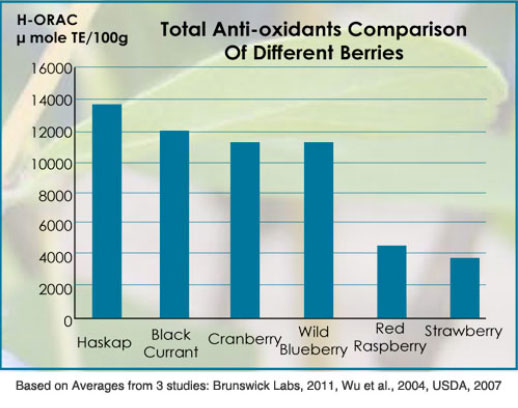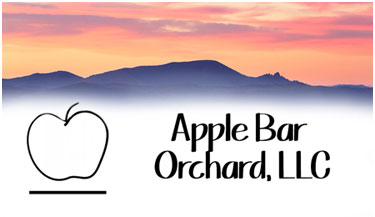Haskap Berries
The Haskap, also known as Honeyberry and Edible Blue Honeysuckle, is a super berry, along with more commonly known berries, Black Currant, Acai and Aronia Berry. The Haskap berry grows on a deciduous shrub that has the scientific classification Lonicera caerulea. It is cold hardy and very high in antioxidants.
Haskap has a unique taste, color and texture. It has tiny seeds that can be eaten with the berry. The taste has been described as tart, sweet and juicy, a cross between blueberry, raspberry and black currant. Haskap has a powdery blue skin, like a blueberry but the skin is quite thin and melts in your mouth. The name Haskap was chosen as the brand name that has been given to new varieties bred by the Fruit Program at the University of Saskatchewan, Saskatoon, Saskatchewan, Canada.
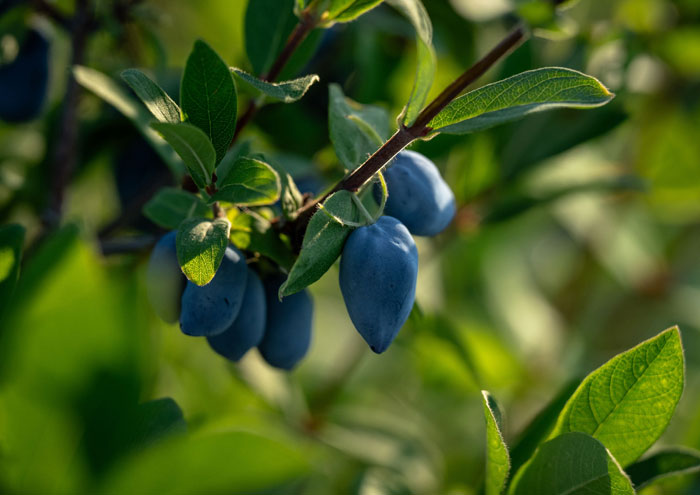
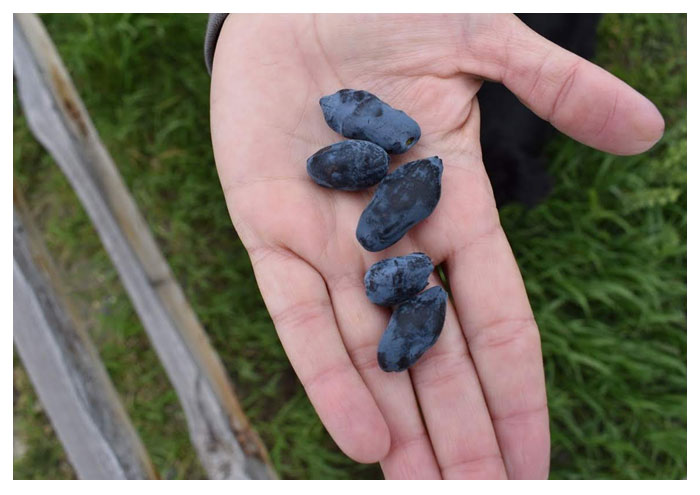
Nutrition and Health Benefits
Haskap berry can be instrumental in improving hydration due to its high potassium content. Potassium, along with the help of sodium, helps to balance fluid and electrolyte levels in the body, which is important for hydration.
There are many different antioxidant compounds, such as Phenols, Anthocyanins and Bioflavonoids. Each has different types of health properties and levels in different foods. The ORAC value, “Oxygen Radical Absorbance Capacity”, is often used to determine the oxidative capacity of foods. The nutritional chart to the right shows the antioxidant comparison between Haskap and other high nutrition berries.
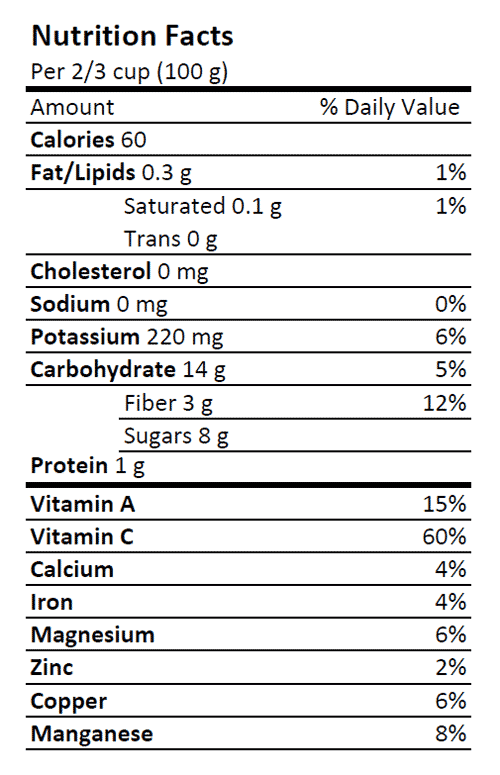
History of Haskaps
Although the Haskap berry is relatively new to North America, it has been grown in the wild in western Russia, northern China and northern Japan, originating from the island of Hokkaido – Japan’s northern most island territory. Research to develop this berry into a commercial crop began in the former Soviet Union in the 1950s and in the 1970s in Japan. The Haskap berry was introduced to Canada in the 1950s as an ornamental plant. By the late 1990s, scientists had developed hardy varieties with tasty fruits that are now prized for their health benefits.
Uses of Haskaps
“It is a fruit that makes a wine more like grape wine than any other fruit, so people in the far north like Saskatchewan, we can’t really grow any wine grapes here, but you can grow haskap to make a nice wine or liqueur,” says Bob Bors, the head of the fruit program at the University of Saskatchewan.
